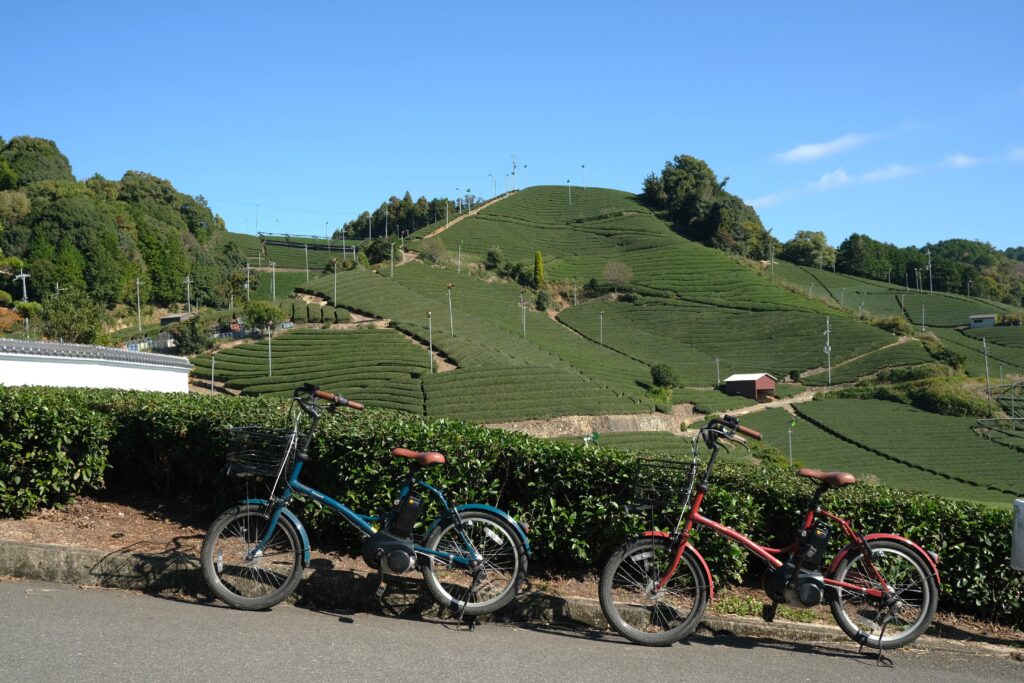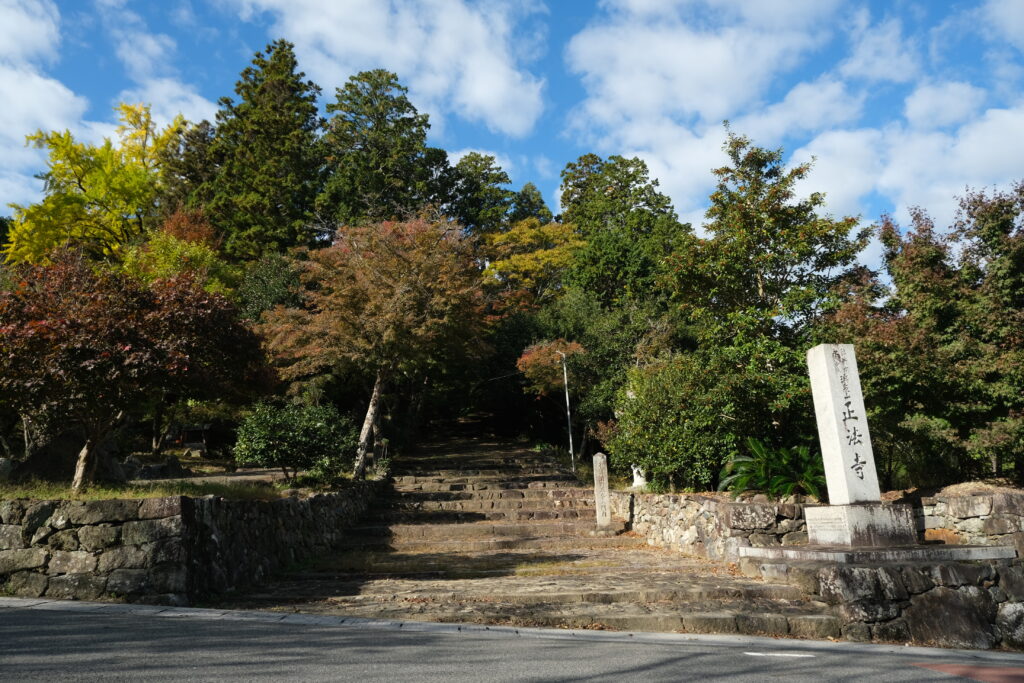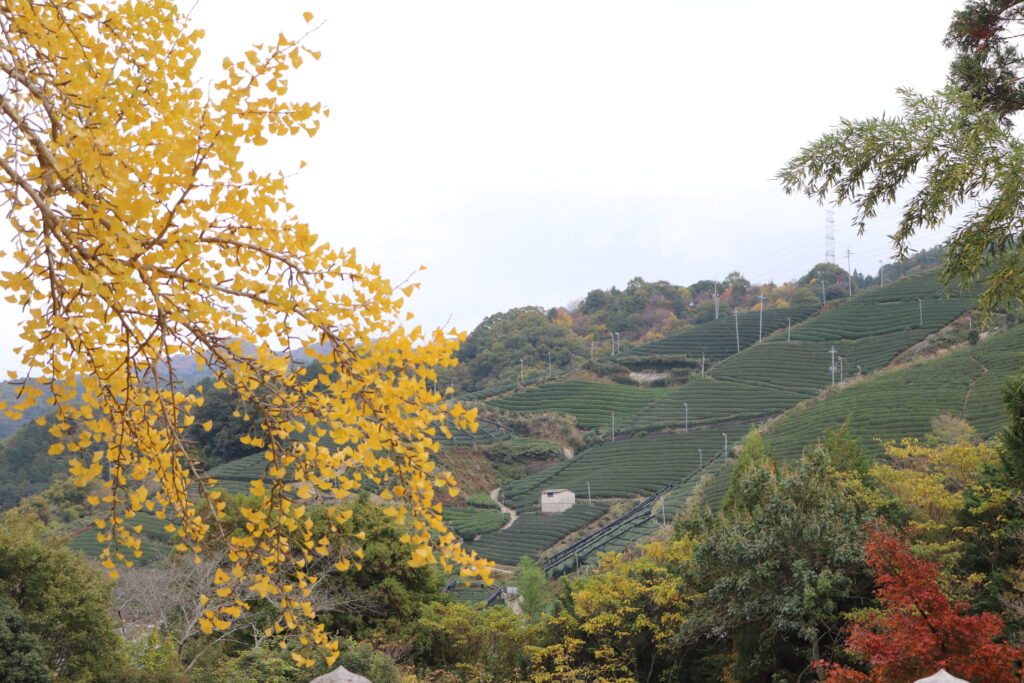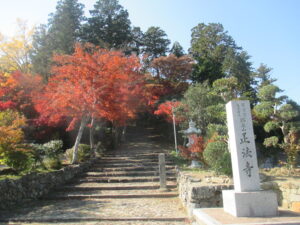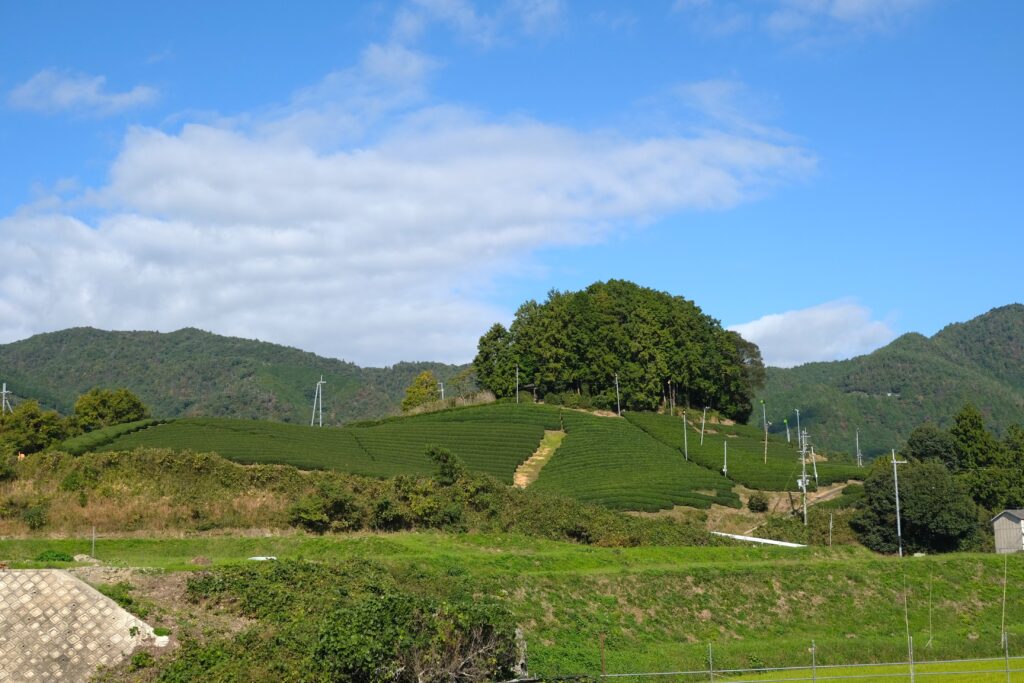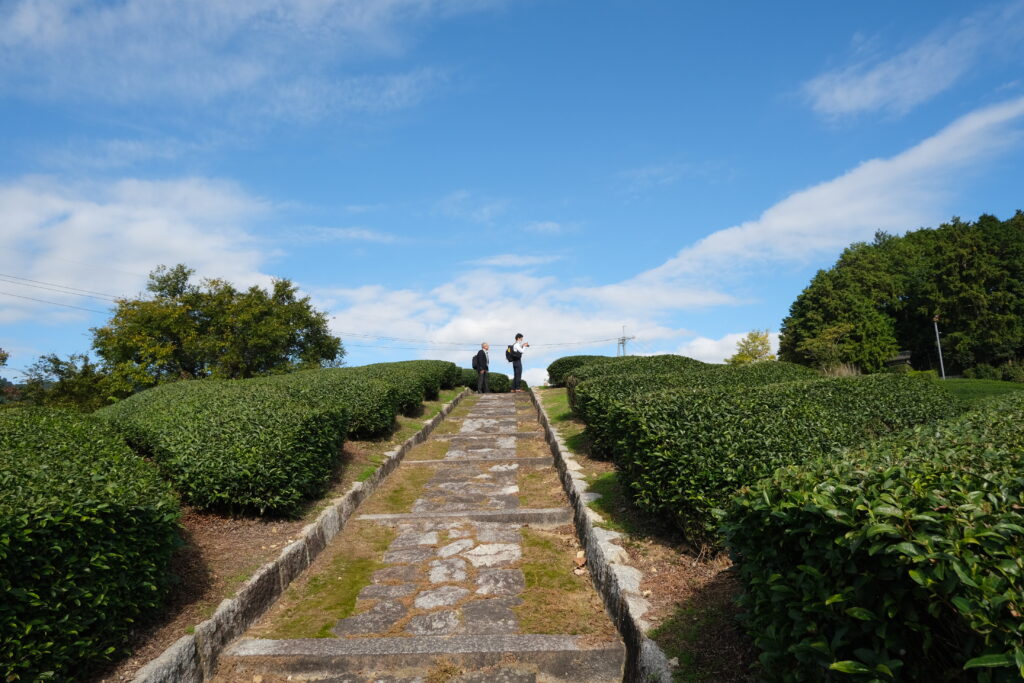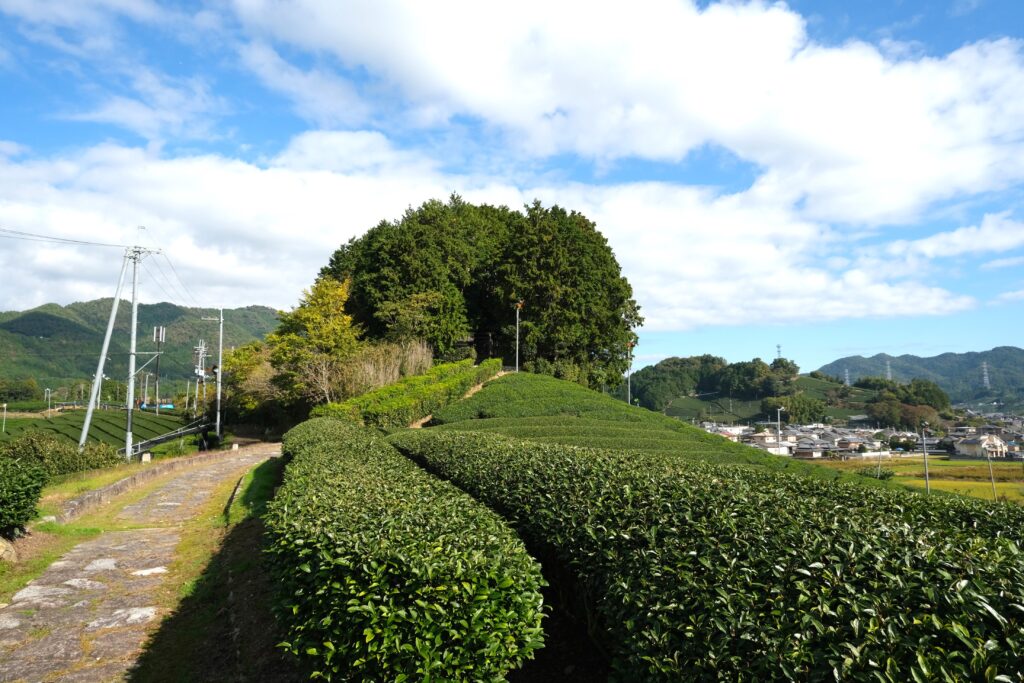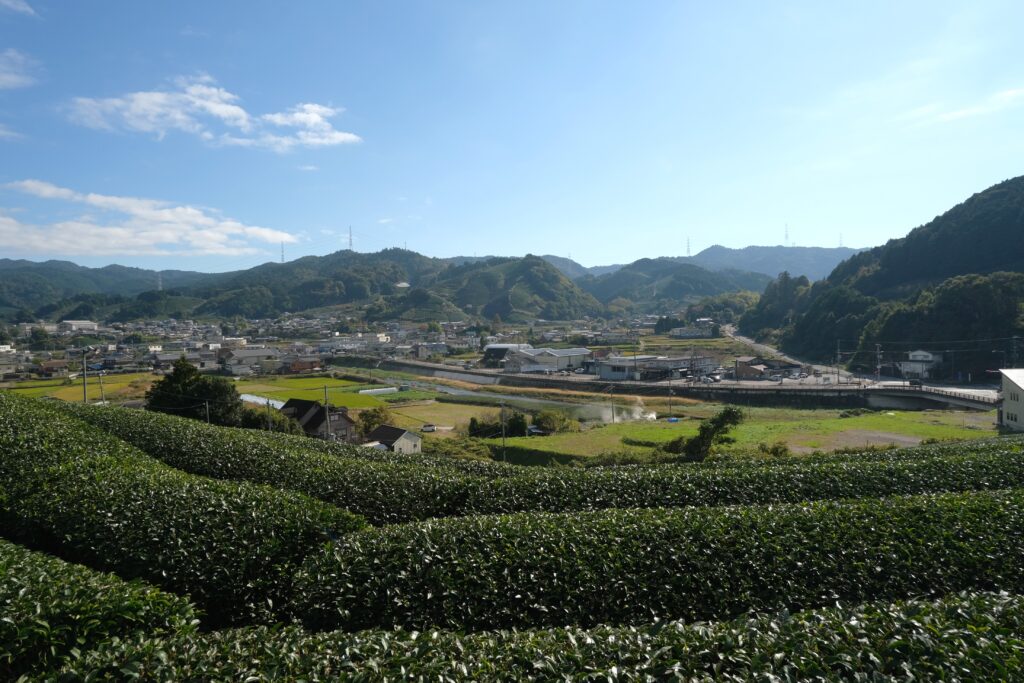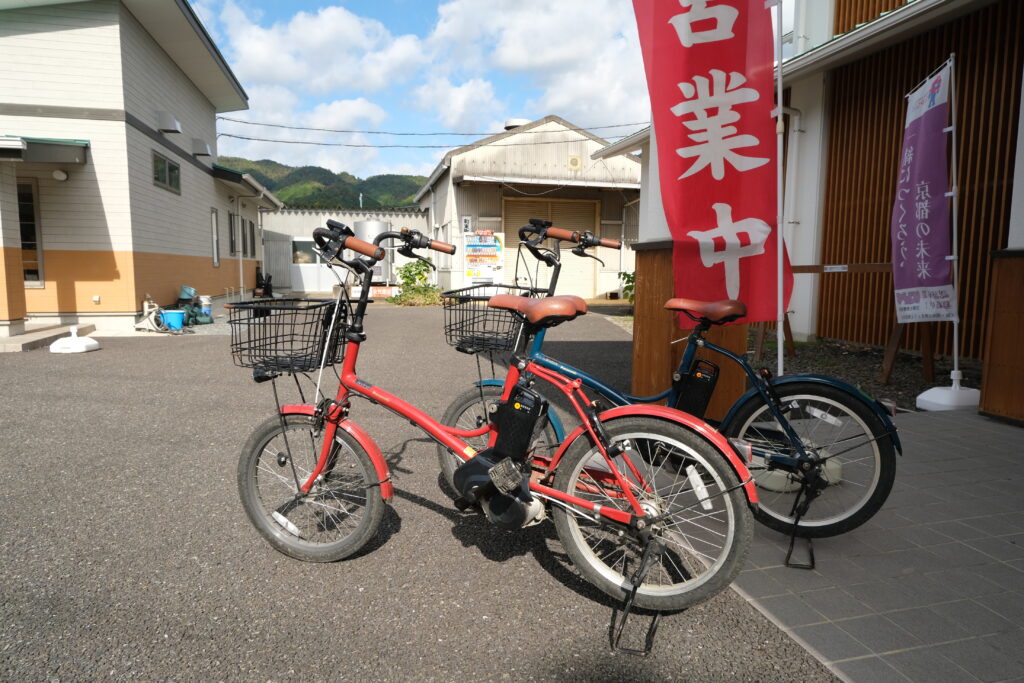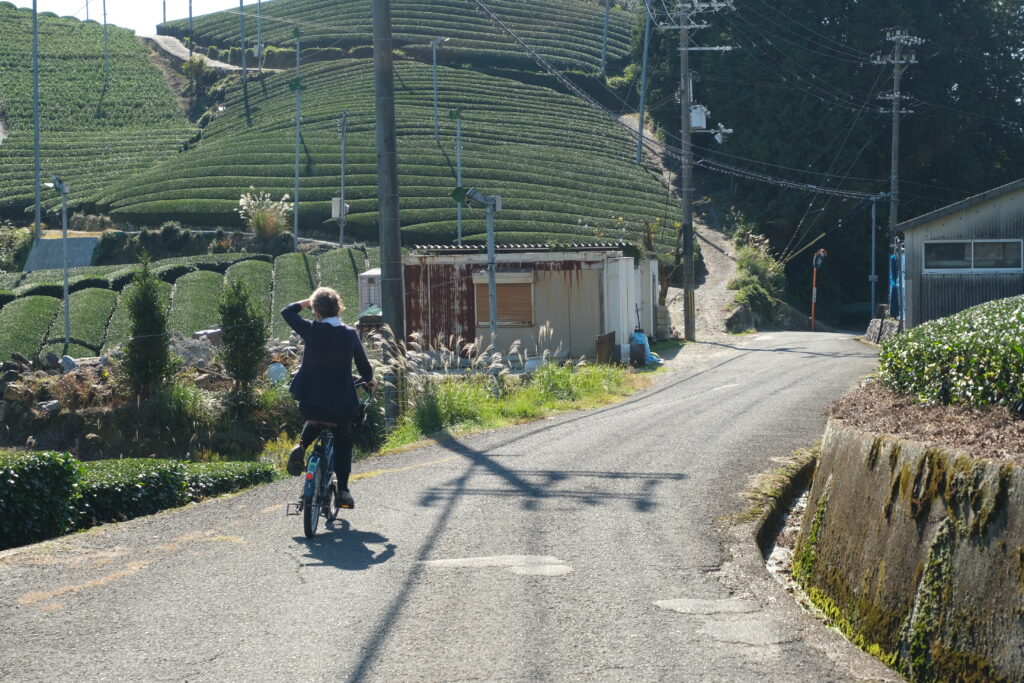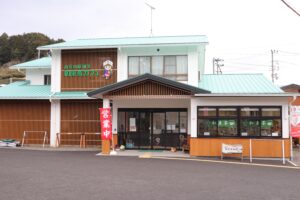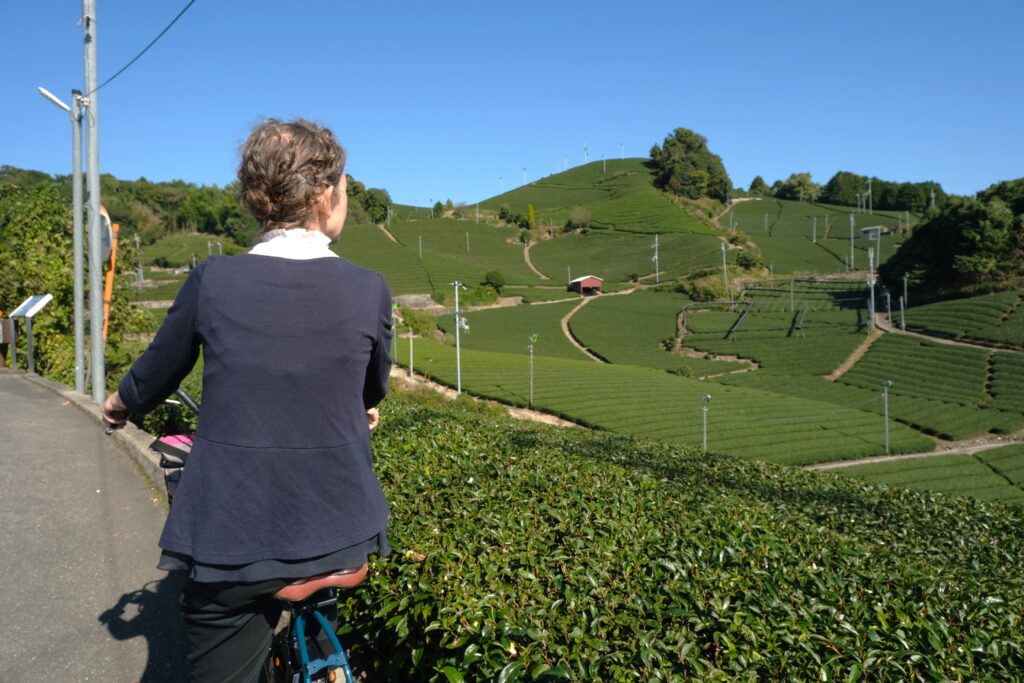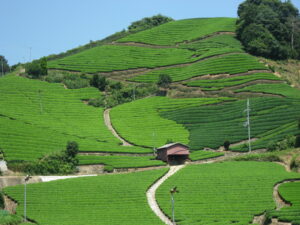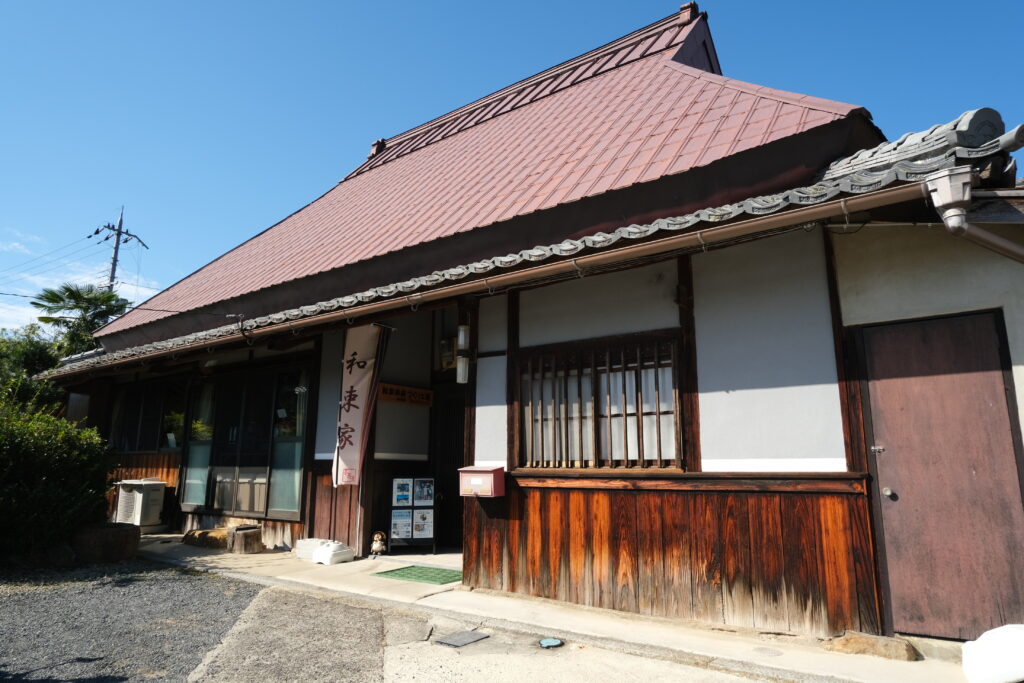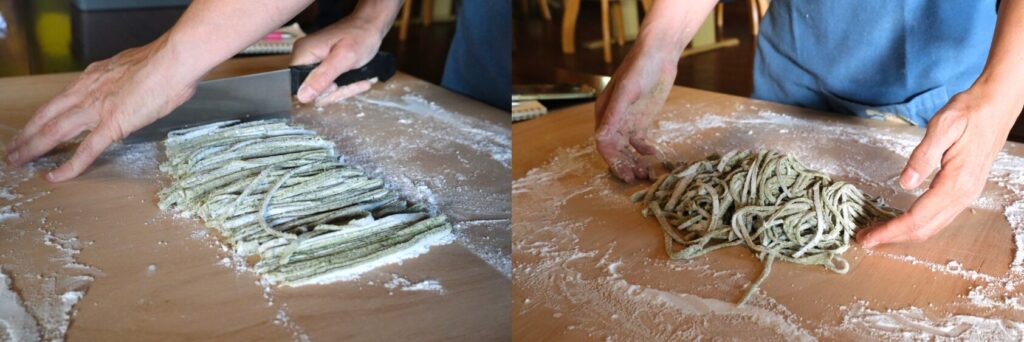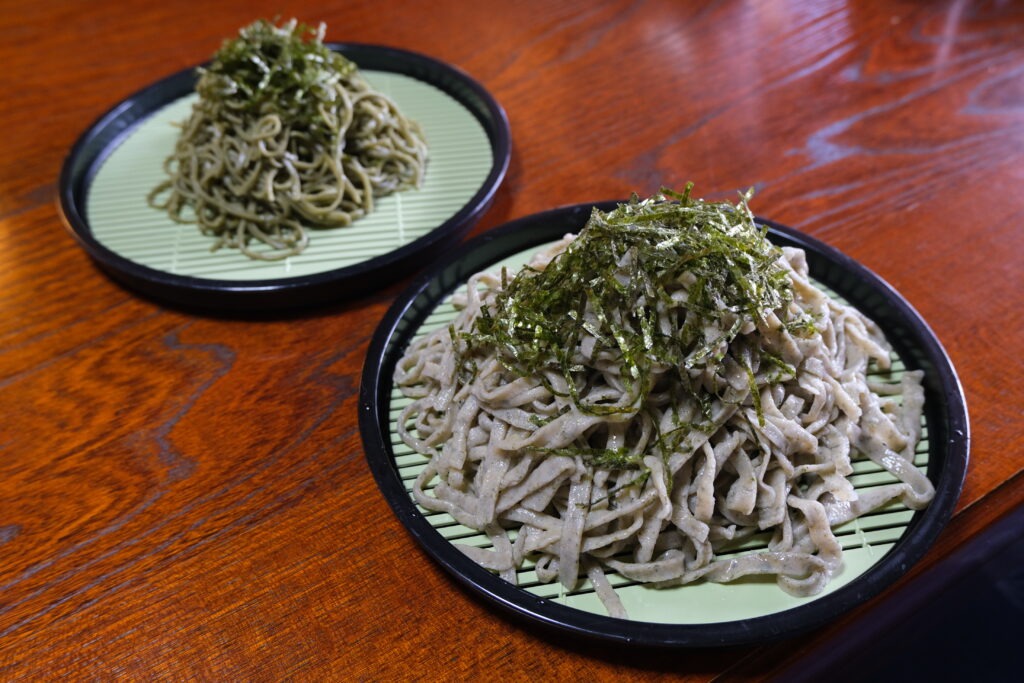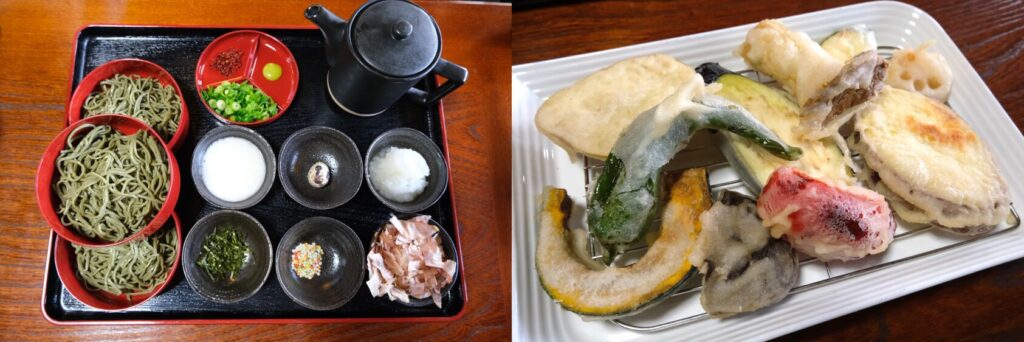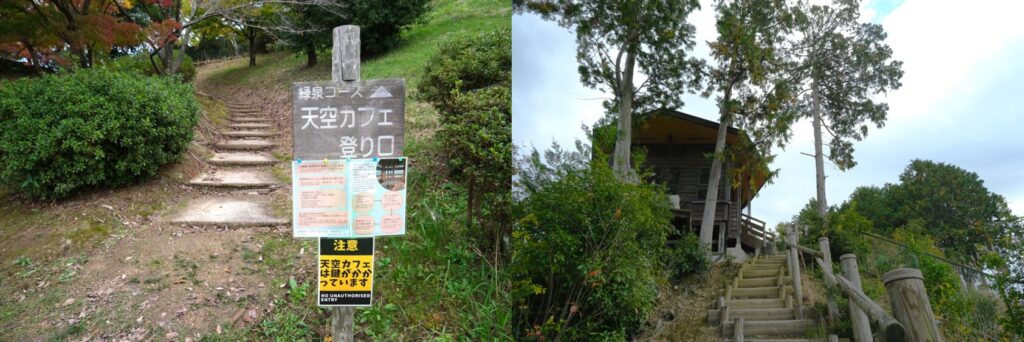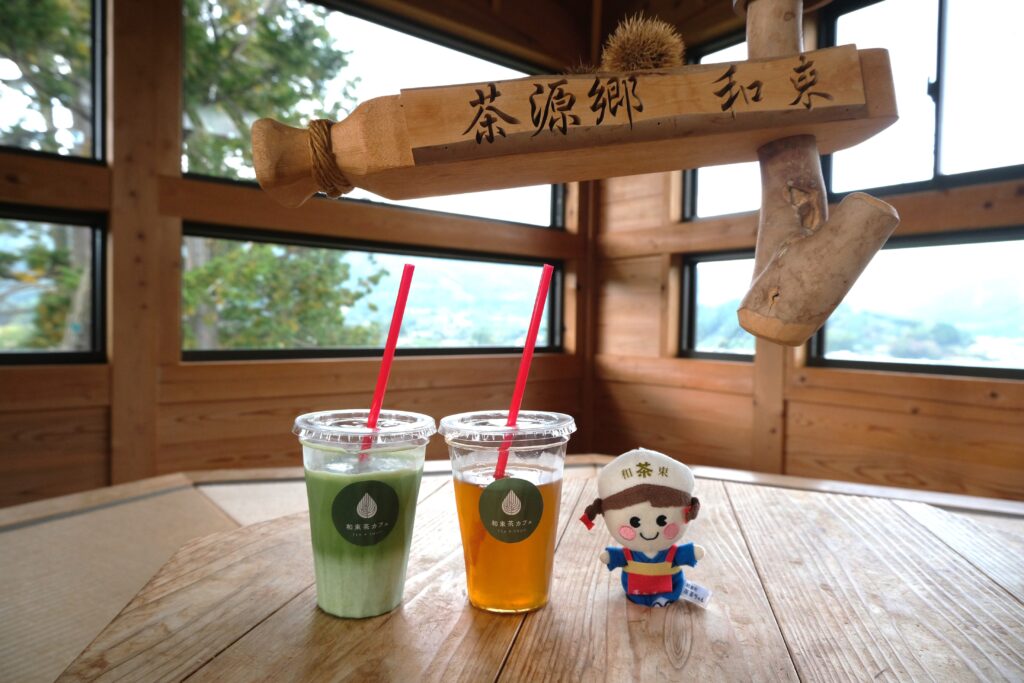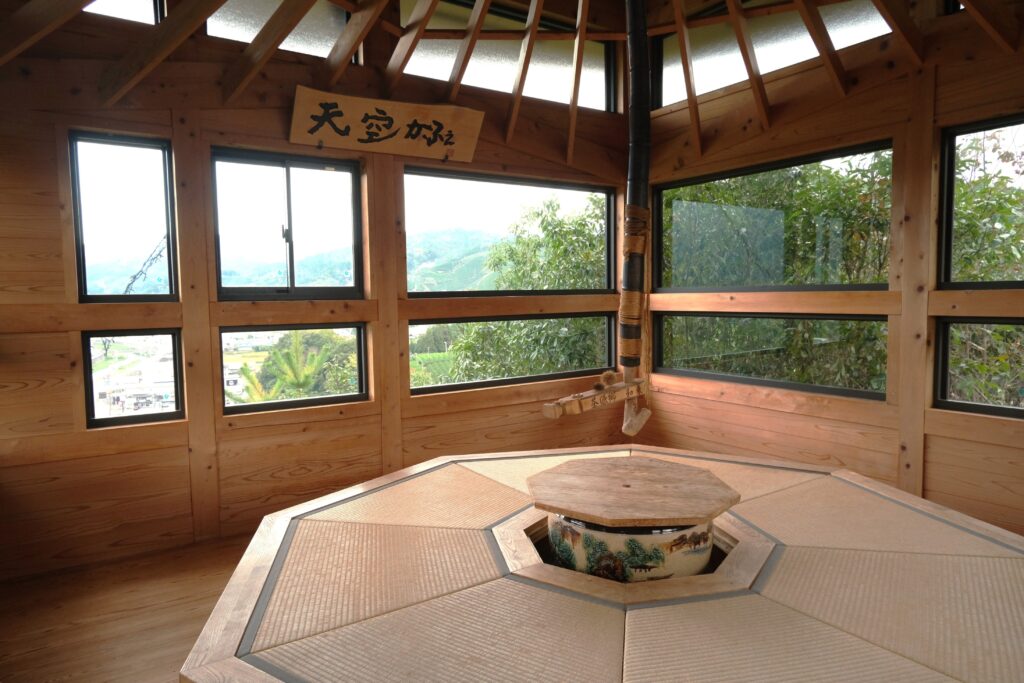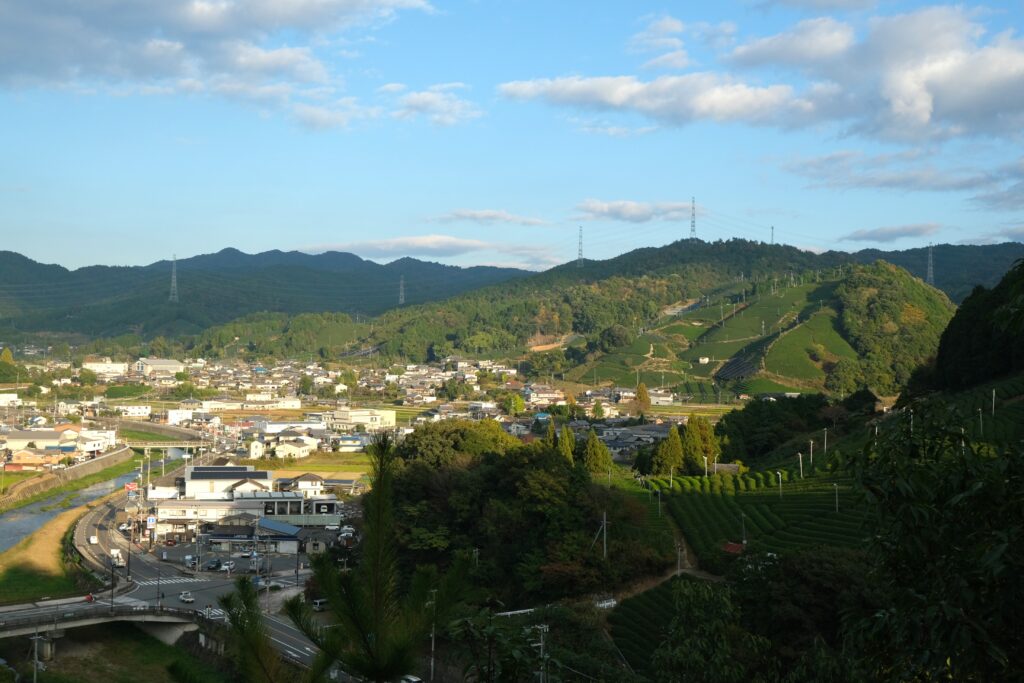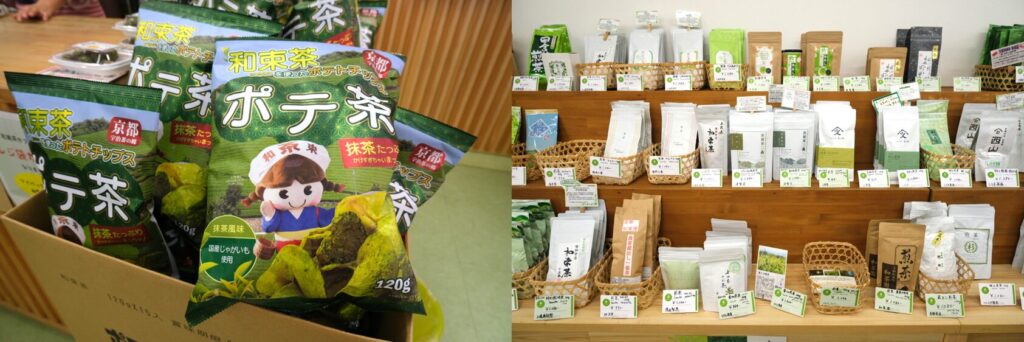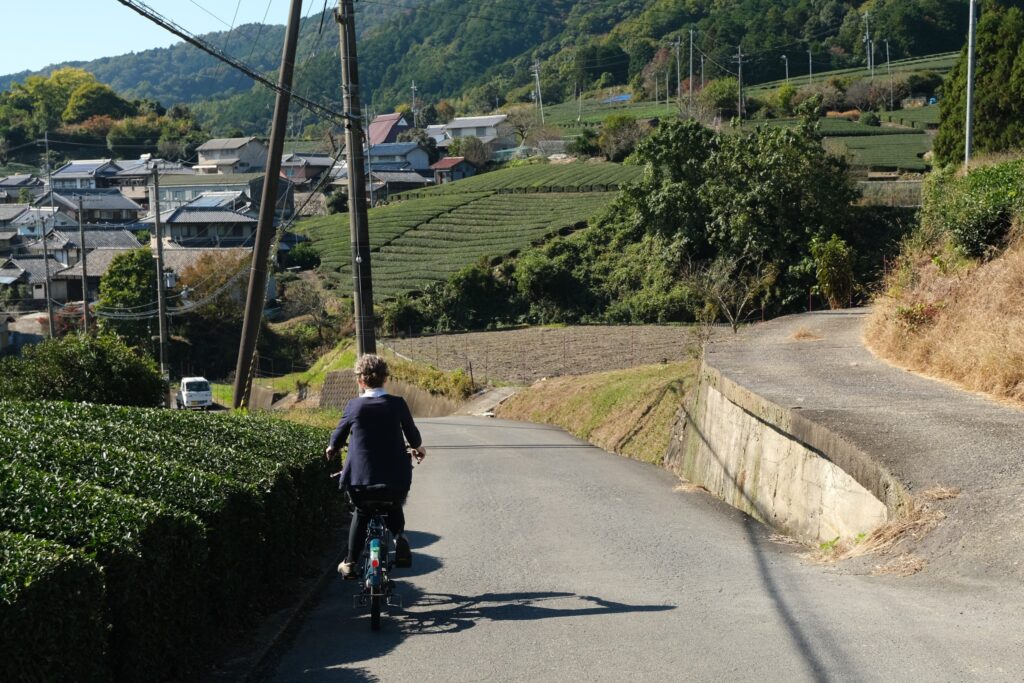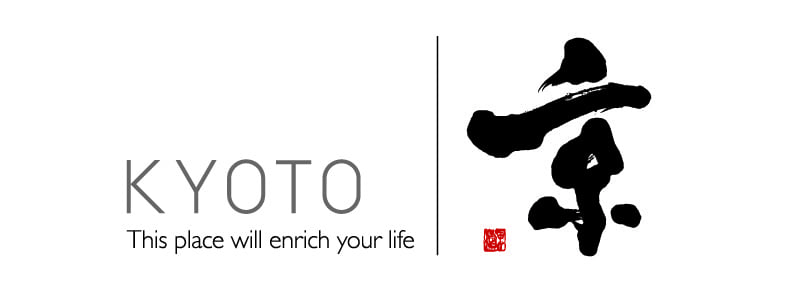Wazuka: The Most Beautiful Village in Japan
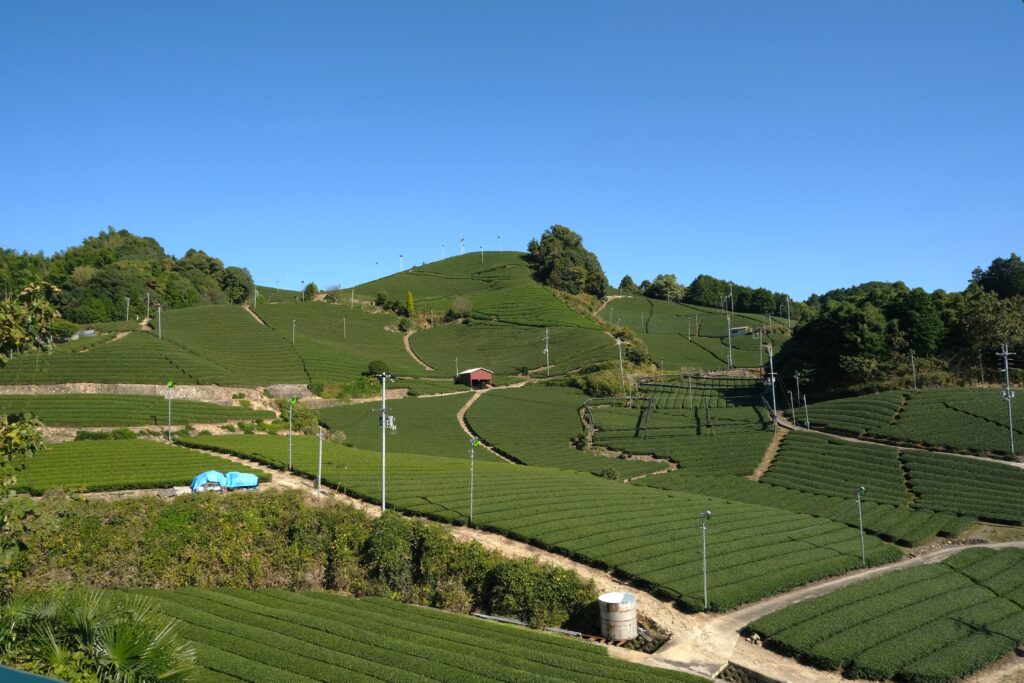
Wazuka is the largest producer in the tea-growing region of Uji, which is famous for its high quality tea, matcha in particular. Around 40% of Uji tea comes from Wazuka. Tea fields make up about 600 hectares of the town and 75% of its land is covered in forest. This combination of factors results in stunning scenery that was the very first to be registered as a Kyoto Scenic Asset, in 2008, and designation as one of The Most Beautiful Villages in Japan in 2013.
Wazuka’s tea fields are unlike any you’ll find elsewhere in Japan. Here, tea is grown on the steep, rugged slopes of mountains that soar over 400 meters high. The views are nothing short of spectacular, with each season painting the landscape in a new palette of colors. Sometimes, you’ll even spot tea plants wrapped in black nets, carefully draped to shield the leaves from harsh sunlight and allow their flavor to fully develop.
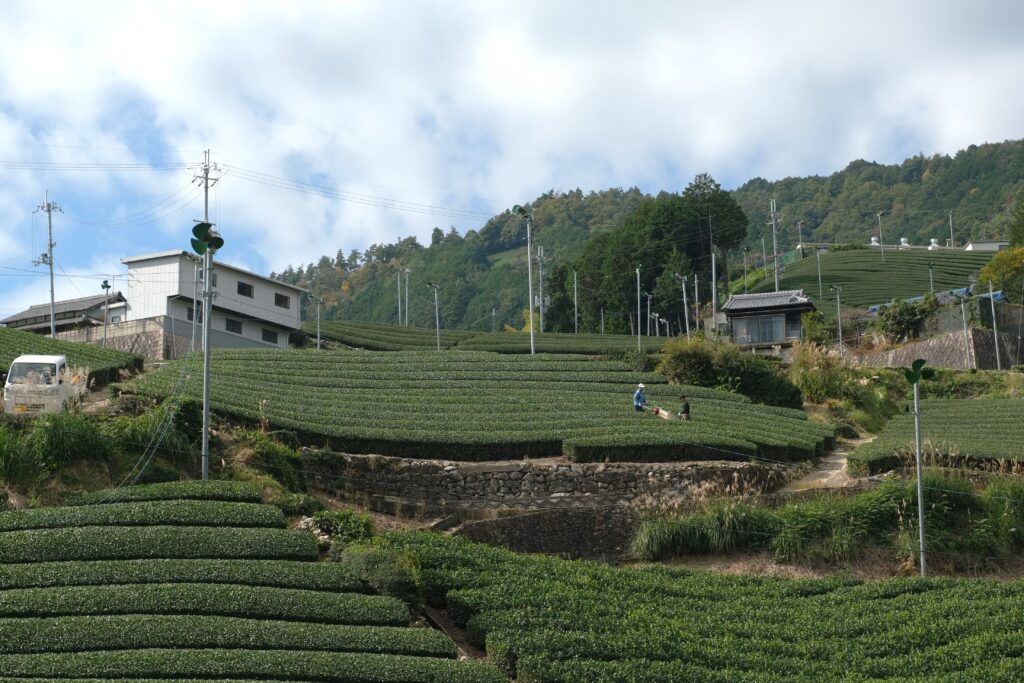
What truly sets Wazuka apart is how its tea is cultivated. The fields are tended by several independent farmers, each bringing their own touch to the land. This means that the tea’s flavor can vary depending on the specific plantation, location, and even the harvest year. It’s a beautiful testament to the artistry and individuality of Wazuka’s tea, offering a rare opportunity to taste the nuances of single-origin green tea. This individuality is what makes Wazuka tea truly exceptional.
